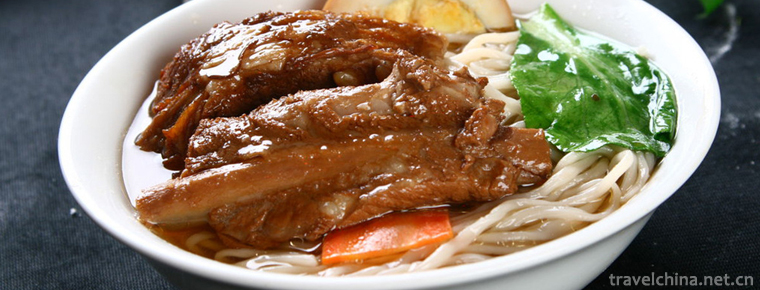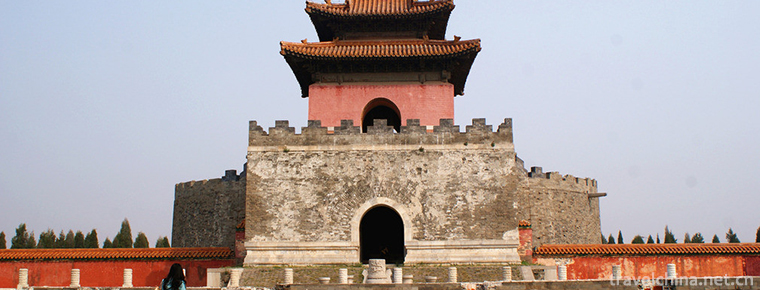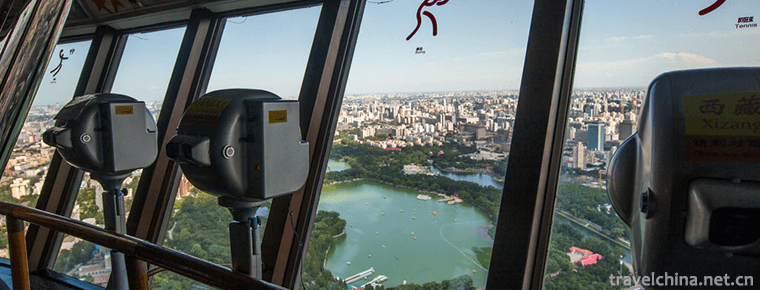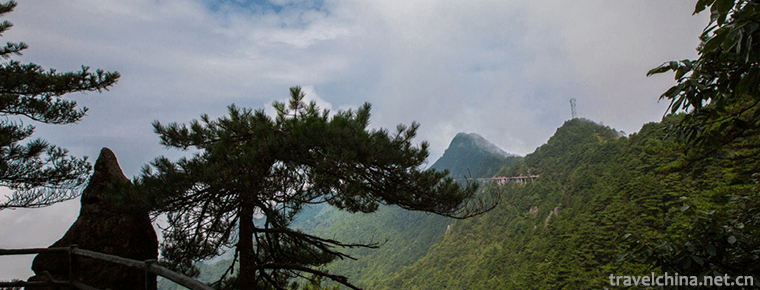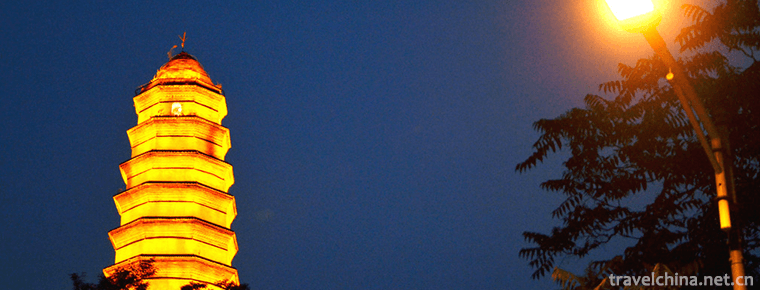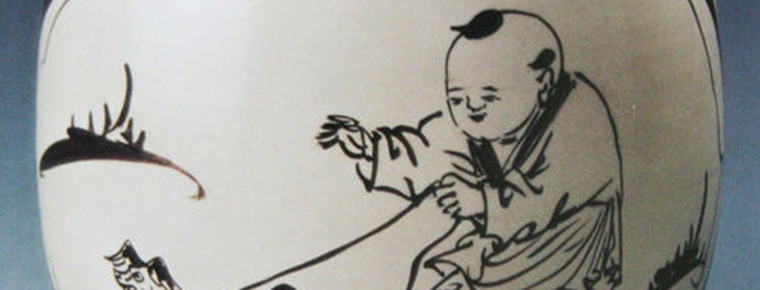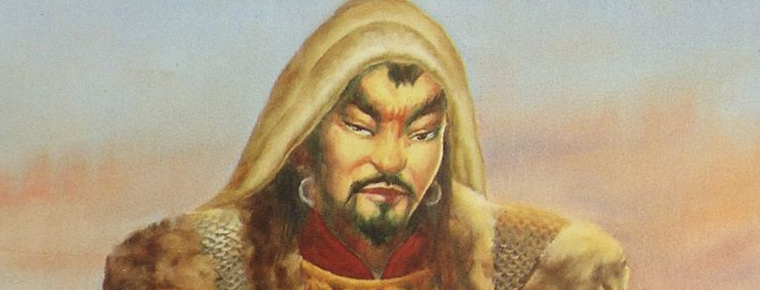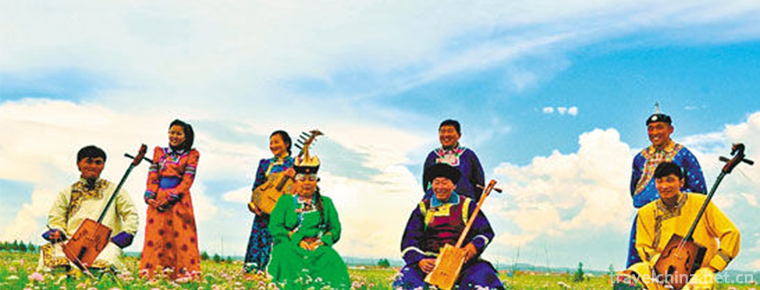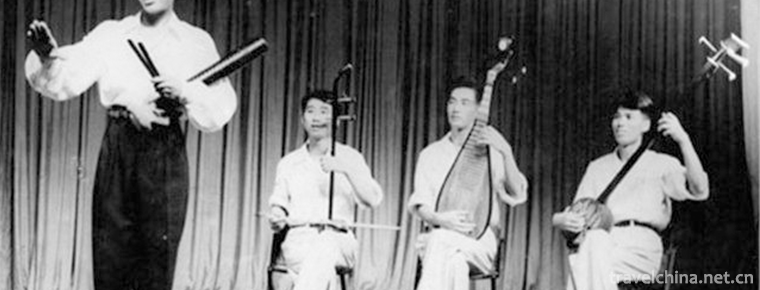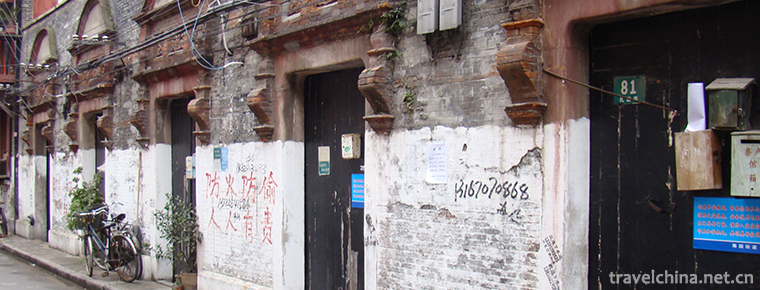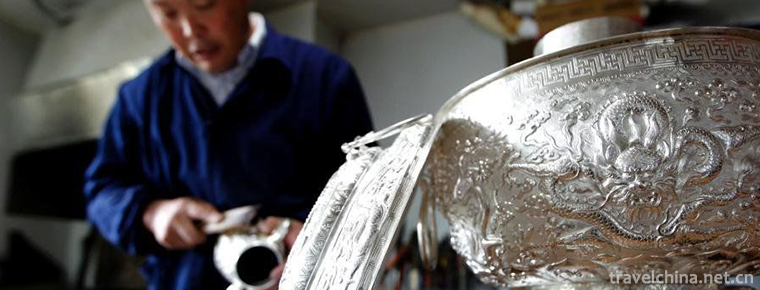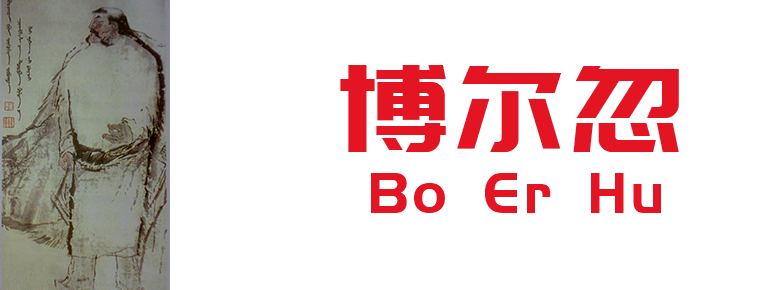Luo Bu Lin Ka Roblinka
Luo Bu Lin Ka
Roblinka is a national key cultural relic protection unit, located in the western suburbs of Lhasa, Tibet. Founded in the 1840s (Dalai VII), the Dalai Lama's summer administration place is a typical Tibetan style garden. After more than two hundred years of expansion, the garden covers an area of 360,000 square meters, with more than 100 kinds of plants. There are not only common flowers and trees in Lhasa, but also exotic flowers and plants from the north and south foot of the Himalayas, as well as precious flowers and plants transplanted from the mainland or introduced from abroad, which can be called plateau botanical garden. The main buildings are Gesangpo Chapter, Golden Chapter and Dadengming Chapter. They have 374 rooms. They are the largest, most scenic and most historic gardens in Tibet's man-made gardens. Roblinka means precious garden.
Roblinka has been designated People's Park. Others jokingly call it "composed of a water tower, two rows of handicraft shops, and several palaces around the zoo".
Roblinka has doors on all sides, and the main gate on the east. Kangsong Silun is the most striking attic in the front. It was originally a small wooden pavilion in Chinese style. Later, it was renovated into a theatre building. On the East side, an open space for performance was added for the Dalai Lama to watch theatre. Next to it is Lacan, Chabdian, a place for religious rituals.
Before liberation, Roblinka was only a "summer palace" for Dalai Lama and a few dignitaries. After liberation, it was renovated with a new look. There were 49 kinds of trees, 62 kinds of famous flowers and herbs, including Peony and peony, and 15 kinds of animals, birds and animals. The garden has a well-repaired flower pond lawn, exquisite pavilions and water pavilions, as well as stage and wooden tables and benches.
Architectural characteristics
Luoblinka is the largest, best-scenic and most historic gardens in Tibet. Its architectural features are: building terraces at high places, digging pools at low places, letting nature take its course, and winning with scenery. Robrinkane is densely wooded. Among the green trees, the Tibetan style buildings such as Huxingong, Longwang Pavilion and Golden Linka are faint and moving. The fresh air and tranquil environment have a kind of simple and natural interest peculiar to Tibetan gardens.
Composition and distribution
Robrinka consists of several Palace buildings, such as Gesanpo Chapter, Golden Chapter and Dadan Ming Jiu Chapter. Each building is divided into three main parts: Palace area, palace front area and forest area. The main building complex of Gesangpo Chapter is located in the southeast of the South courtyard within the second wall. Located about 120 meters northwest of Gesangpo Chapter, it is the most beautiful scenic spot in Roblinka. The main building complex is Golden Pozhang, located in the west of Roblinka. All the buildings are built with wood and stone as the main materials. They are well planned and have a distinct Tibetan architectural style. The walls of the main hall are painted with exquisite murals. In addition, Roblin Carney also has a large collection of cultural relics and classics.
The whole park is divided into three districts: the eastern front of the palace includes the front of the entrance and the front of Weizhen Sanjiege; the central part is the core of the palace; and the western part is the golden Linka featuring natural jungle and wilderness. Each scenic spot, according to the functional requirements, combines with the natural environment to form different landscapes. Roblinka's landscape arrangement not only has the characteristics of the Tibetan Plateau, but also absorbs the traditional methods of inland gardens, and creates different artistic conceptions by using architecture, mountains, rocks, water and trees. Such as the design of Huxingong, there are traces of "one pool, three mountains" in the ancient gardening art of the Han nationality area.
The Palace consists of three floors, one is the oratory, the front has a 600 square meters stone yard, the second floor has the Arhat Palace, the Buddhist Temple and the Dalai Lama's Bible Reading Room, and the third floor is the place where the Dalai Lama meets monks and secular officials. The garden is full of trees, flowers, pavilions, pools and pavilions, forests, bamboos, rocks, rare birds and animals, the front porch of the palace and the carved beams and paintings in the interior.
From the North Gate, about 200 meters along the straight Chung Road, there is an area of about 500 square meters on the left side of the road, which used to be a theatre for the Dalai Lama. The opposite Kangsong Silun is a small wooden pavilion, which was originally a Chinese style pavilion. It was later renovated into an attic of a theatre building. To the northeast of Consortium, Lacan, Chabdian, is a place for religious ceremonies. On the North side, there are offices and conference rooms in Gaxia. Every summer, many government agencies in the Potala Palace move to work here with the Dalai Lama.
The new palace of the 14th Dalai Lama is called "Dadan Mingwen Pozhang", which means "eternal and unchanging palace" in Tibetan and is commonly known as the new palace. Although the new palace is a modern building, it is still a traditional style in appearance, but it has a modern atmosphere on many internal facilities.
On the west side of the Little Sutra Hall is the bedroom of the 14th Dalai Lama, with the collapsed bed of the Dalai Lama and the seats of two Sutra masters. All the furnishings are the same as before. Here, we can see the modern traces of sofa, radio and so on. Apart from the traditional seats of Tibetan Buddhism, there are more sofas and tea tables in the living room, and bathrooms also have bathtubs, showers and other facilities. In terms of texture and appearance, these things were of high grade at that time. Turning out of the bedroom is the Dalai Lama's lecture hall. The Dalai Lama's throne in the middle is wrapped in gold foil and inlaid with various gems. It shines in the soft light of the chandelier. In order to maximize the protection of the Dalai Lama's throne from destruction, the outside of the throne has been covered with aluminium alloy glass.
Historical evolution
The construction process of Roblinka began with the construction of Wuyaopo Chapter by the seventh Dalai Lama and lasted more than 200 years until the construction of Miwenpo Chapter by the fourteenth Dalai Lama. Before the 1840s, Roblinka was a wilderness of wild animals, weeds and dwarf willows. Later, because the seventh Dalai Lama liked and often came to this place, the then Minister stationed in Tibet in the Qing Dynasty built a bird Yao Pozhang (pavilion palace) for him.
The area around Roblinka, formerly shrubbery, is the place where the old road of the Lhasa River passes by. Here the river is winding and the water is gentle. In summer, the grass bank and willow are reflected in it, and the scenery is beautiful. The seventh Dalaig Sangjiatuo often went to Zhepeng Monastery to set up a tent for summer. Later, because the seventh Dalai Lama liked and often came to this place, the then Qing minister stationed in Tibet ordered that some tents be set up near the spring water for the Dalai Lama to rest and recite sutras, which was the earliest origin of Roblinka.
The earliest palace built by the minister stationed in Tibet was Bird Yao Pozhang (Pavilion Palace). In 1751, the seventh Dalai Lama built another three-storey palace named after himself on the eastern side of Bird Yao Po Zhang, namely, Gesangpo Palace, with Buddhist halls, bedrooms, reading rooms, dharma-guarding shrines and assembly halls.
After its completion in 1755, with Yongzheng's approval, the Seventh Dalai Lama handled government affairs in Gesangpo Chapter every summer, which was later used by Dalai Lama in successive dynasties as a summer office for Tibetan monks and secular officials. Since then, Roblinka has gradually evolved from a sanatorium to a summer palace for religious and political affairs. Later generations of Dalai Lama moved from the Potala Palace to Roblinka on March 18 of the Tibetan calendar, and returned to the Potala Palace at the turn of September and October of the Tibetan calendar. The Dalai Lama studied Confucianism here all the year round before his pro-government.
On this basis, the Eighth Dalai Lama expanded Chabaikang (Reading Room), Kangsong Silun (Weizhen Sanjie Pavilion), Quran (Lecture Courtyard), excavated the old ponds into lakes, built Longwang Temple and Tsuoji Pozhang Palace (Huxin Palace) in the center of the lake in accordance with the architectural style of Chinese pavilions and pavilions, and built stone bridges on both sides.
In 1922, the 13th Dalai Lama restored construction to Roblinka, built the Golden Pozhang Palace, Gesandeji Palace and Mequji Palace on the west side of the garden, built the Golden Linka in the southwest, and planted a large number of flowers, plants and trees.
In 1954, the 14th Dalai Lama built a long-standing palace in the middle of the garden, and a new palace in the north, which made Roblinka develop into an existing scale.
After careful management by the Dalai Lama of past dynasties, Roblinka has built various palaces, villas, pavilions and water pavilions, planted a large number of flowers, plants and trees, and has become a large garden covering an area of 360,000 square meters. It has become an open park and Museum for people to visit, and hold various festival parks and holiday activities.
Collection of Cultural Relics
Generally speaking, the cultural relics of Lobrinka can be divided into two categories, one is the religion relics made in Tibet, the other is the various treasures bestowed by the central government and emperors of previous dynasties to the upper strata of Tibet. The two types of cultural relics have their own merits, and their production techniques are exquisite and sophisticated.
Buddha statues and pagodas
Religious relics made in Tibet are most famous for their gold and copper statues. At the beginning of the construction of Robrinka, the 7th Dalai Lama built a statue hall called "Snowdrift White" at the foot of the Potala Palace to add Buddhist statues and Buddhist utensils to the newly built palace and Buddhist hall. Hundreds of skilled craftsmen in the Tibetan area gathered together and elaborately built various Buddhist statues here to meet the needs of the temples in Lhasa and its surrounding areas. From the beginning to the end, the statues of each Buddha hall were designated to be tailored by the craftsmen of "Snowdrift White". In addition, many shrines, religious utensils, golden roofs, lintels and other decorations in the garden are also from the hands of "snow drift white" craftsmen. "Snowdrift White" is characterized by fine production, symmetrical proportions, bright and brilliant colors, thick gold-plated statues, high gold-plated surface finish, crown, eardrop, bracelets, bracelets, ribbons and other ornaments, all with turquoise inlay. These obvious characteristics indicate that after the mid-18th century, Tibet's indigenous Buddhist statue building technology has entered a mature stage of independent development.
Tourism Characteristics
Sho Dun Festival
Every year on the Shelton Festival in Lhasa, Roblinka is one of the activity centers in Lhasa, where well-known Tibetan opera groups flock. From the first day of July to the seventh day of the seventh day of the Tibetan calendar, Tibetan operas are sung here every day. On the eve of the Shelton Festival, Roblinka and the surrounding woods turned into a colorful "tent city" overnight. These tents are a temporary "home" built by Tibetans with their elders and younger children in Roblinka. Tent cities also form several unique and lively Festival markets. People seem to have moved the whole city of Lhasa into this green world. It can be said that Shelton Festival is the most dynamic day for Lhasa people.
Festival Lhasa people almost poured out, dressed in bright traditional festival clothes, or a family size or friends, three or five groups, in the grass under the shade of trees set up a tent to sit together, put from home to bring barley wine, butter tea, Tibetan snacks and other food, drinking wine, playing chess and cards, dancing and singing. After the beginning of Tibetan opera, the crowd gathered in circles to enjoy the wonderful performances of Tibetan opera actors.
Tibetan drama
After the ceremony, people will flock to Roblin. Only on this festival will Roblinka be free of tickets. There are also hoops, shooting, archery, Trojan riding and other recreational items for play.
Of course, watching Tibetan opera is the main program. You can see it from morning till 5 p.m. in a week, Tibetan opera on Roblinka will not repeat. This is also the most powerful performance in Lhasa, which has the strongest lineup, the richest content and the strongest team.
Delicious food
Western-style restaurants are mostly concentrated on Beijing Road, where tourists are more frequent. Almost every hotel restaurant serves western food. The restaurant at the Snow Regions Hotel has a good nostalgic atmosphere. The restaurant serves mainly Tibetan cuisine, although the steak here is extremely tough.
Adjacent attractions
Loblinka is surrounded by many scenic spots, such as Potala Palace, Sala Temple, Tibetan Revolutionary Exhibition Hall, Lhasa Mosque, Naiqiong Temple, Yamen Site of Tibetan Minister, Dazhao Temple, Bakuo Street, Dazha Road Gong Jigong Monument, Tibet Museum, Nie Dangdu Mother Hall, Mopan Mountain Guandi Temple, Gandan Temple, Xiaozhao Temple, Yao Wang Shan, Niang Hot Folk Customs Garden, Cemanlin, Lhasa River, Zhebeng Monastery. Longwangtan Park, Qugong Cultural Site, etc.
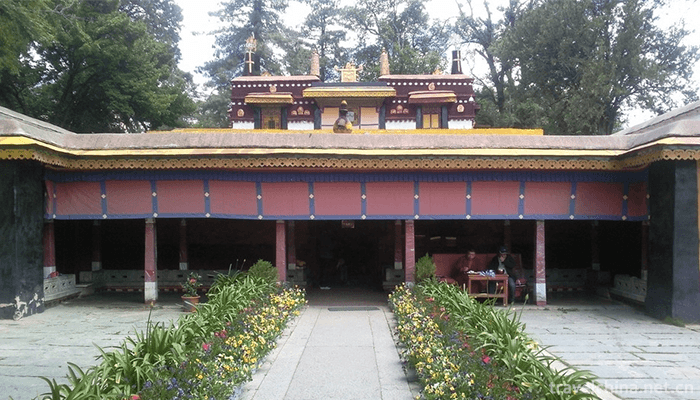
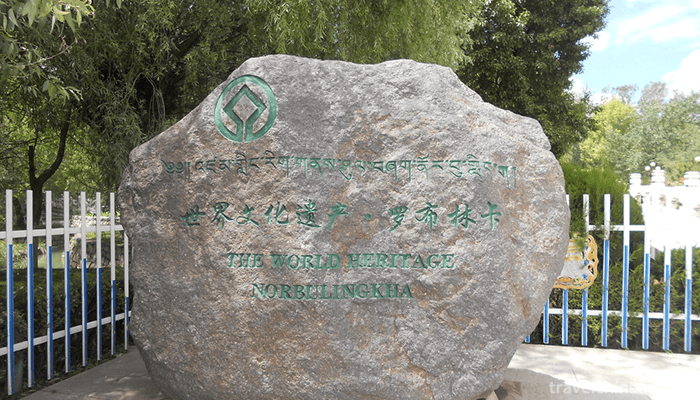
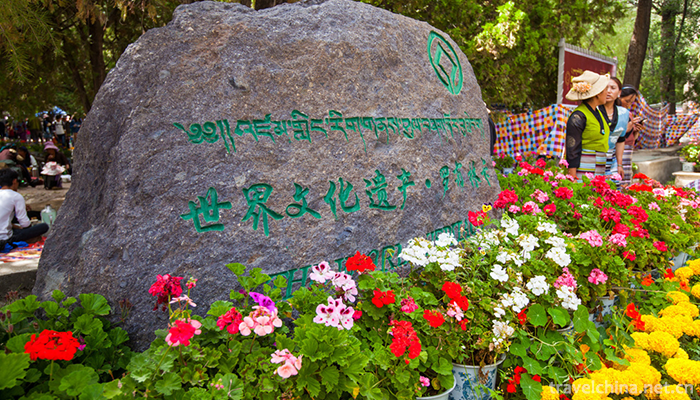
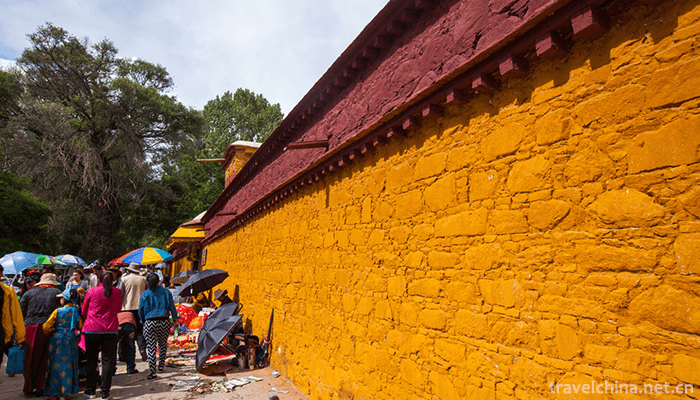
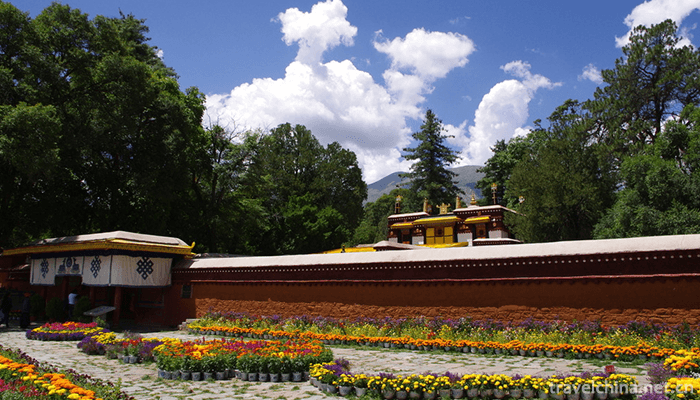
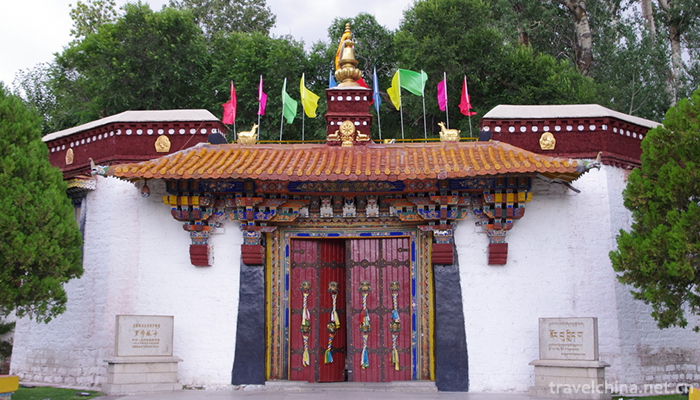
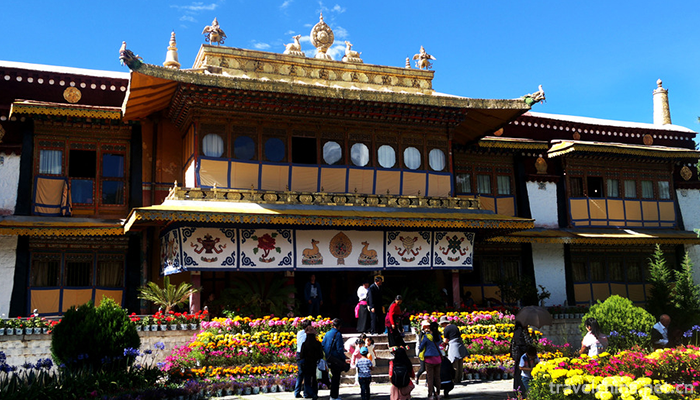
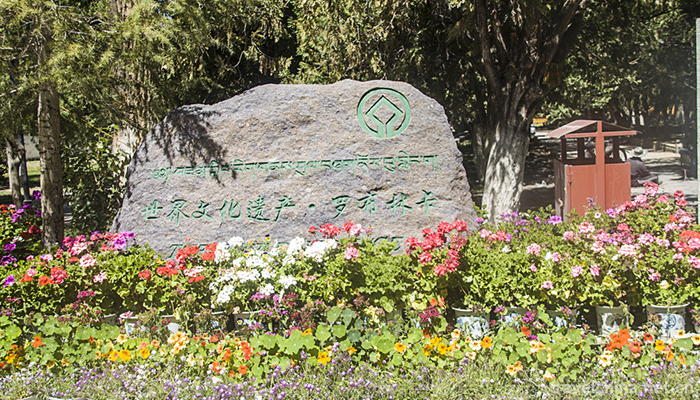
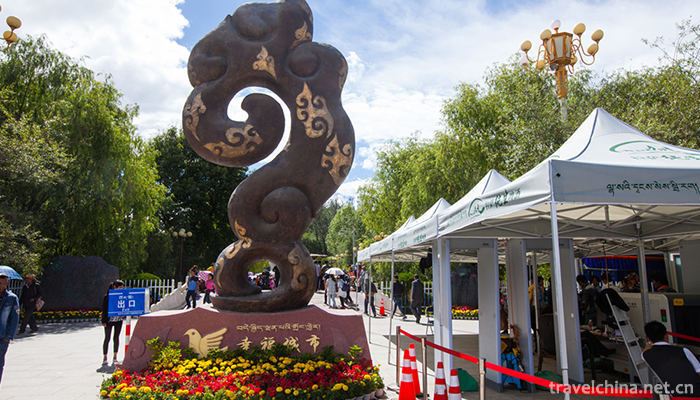
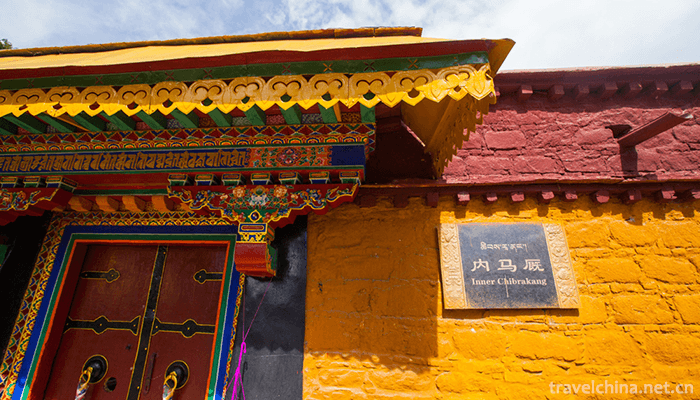

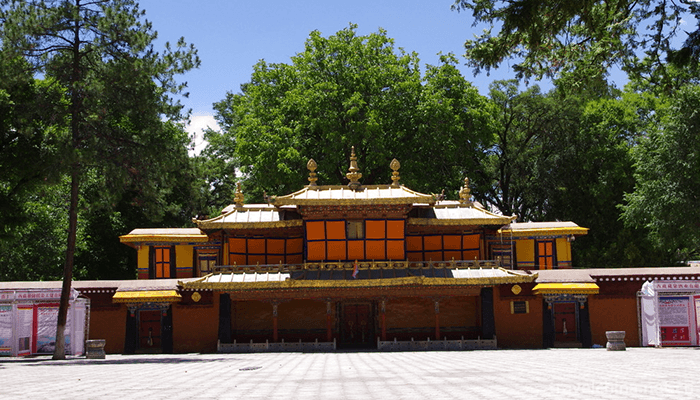
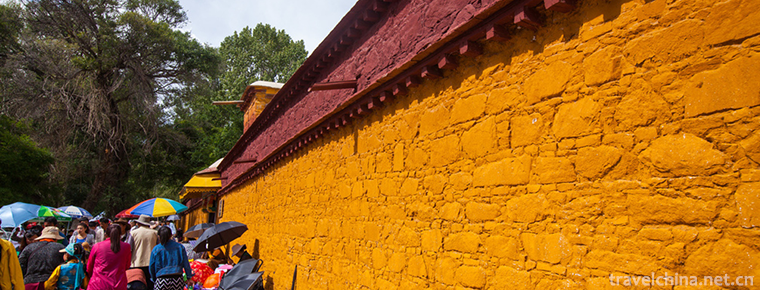
Luo Bu Lin Ka Roblinka
-
Pork ribs Noodles
Pork ribs Noodles are a traditional pasta, especially in Cantonese cuisine
Views: 200 Time 2018-10-12 -
Eastern Royal Tombs of the Qing Dynasty
Eastern Royal Tombs of the Qing Dynasty is located 30 kilometers northwest of Zunhua City, Tangshan City, Hebei Province. It is 125 kilometers west of Beijing City and covers an area of 80 square kil
Views: 316 Time 2018-11-24 -
Central Radio and Television Tower
The Central Radio and Television Tower, now a national 4A scenic spot, is located on the west side of West Third Ring Road, Haidian District, Beijing. Near the Space Bridge, it faces beautiful Yuyuant
Views: 161 Time 2018-12-22 -
Ming Yue Mountain
Mingyue Mountain Tourist Area of Yichun City, Jiangxi Province, is located 15 kilometers southwest of Yichun Central City, with an area of 104 square kilometers.
Views: 232 Time 2019-02-07 -
Baota Mountain Scenic Area Yan an
The pagoda was built in the Tang Dynasty. It is 44 meters high and has nine floors. It can be seen from the top of the pagoda. It is a symbol of Yan'an, a historic city, a sacred revolutionary site
Views: 230 Time 2019-03-01 -
Sintering Techniques of Cizhou Kiln
Cizhou kiln firing technology, the local traditional firing technology of Fengfeng mining area in Hebei Province, is one of the national intangible cultural heritage.
Views: 127 Time 2019-04-22 -
Jangar
Jianger Jianger, the local traditional folk literature of Xinjiang Uygur Autonomous Region, is one of the national intangible cultural heritage.
Views: 141 Time 2019-05-05 -
Mongolian Folk Songs
Mongolian folk songs are mainly divided into two categories: ritual songs and pastoral songs. Mongolian folk songs are famous for their magnificent voices and melodious tunes.
Views: 113 Time 2019-06-04 -
Wooden Fish Songs
Muyu song is short for Muyu, also known as Touyu song. It is one of the traditional rap and singing arts in Guangdong Province and belongs to the system of Tanci. It is popular in the Pearl River Delt
Views: 188 Time 2019-06-06 -
Architectural Construction Skills of Shikumen Lane
Shikumen is a new type of architecture which combines the characteristics of western culture and traditional Chinese dwellings. Shanghai Shikumen Lane Residence originated in Tongzhi Period of Qing Dy
Views: 168 Time 2019-06-15 -
Silver and Copper Ware Making and Gold smelting Techniques
Silver and bronze wares production and gold mincing skills, local traditional skills in Huangzhong County, Qinghai Province, one of the national intangible cultural heritage.
Views: 224 Time 2019-07-13 -
Bo Er Hu boroqul
Bolhoff also worked for polo, Boruun, Boluo, rohun, and so on. Mongolia state Senior general. Mongolia famous generals, Genghis Khan One of the four founding fathers. Picked up by the battlefield, by
Views: 305 Time 2019-09-14
